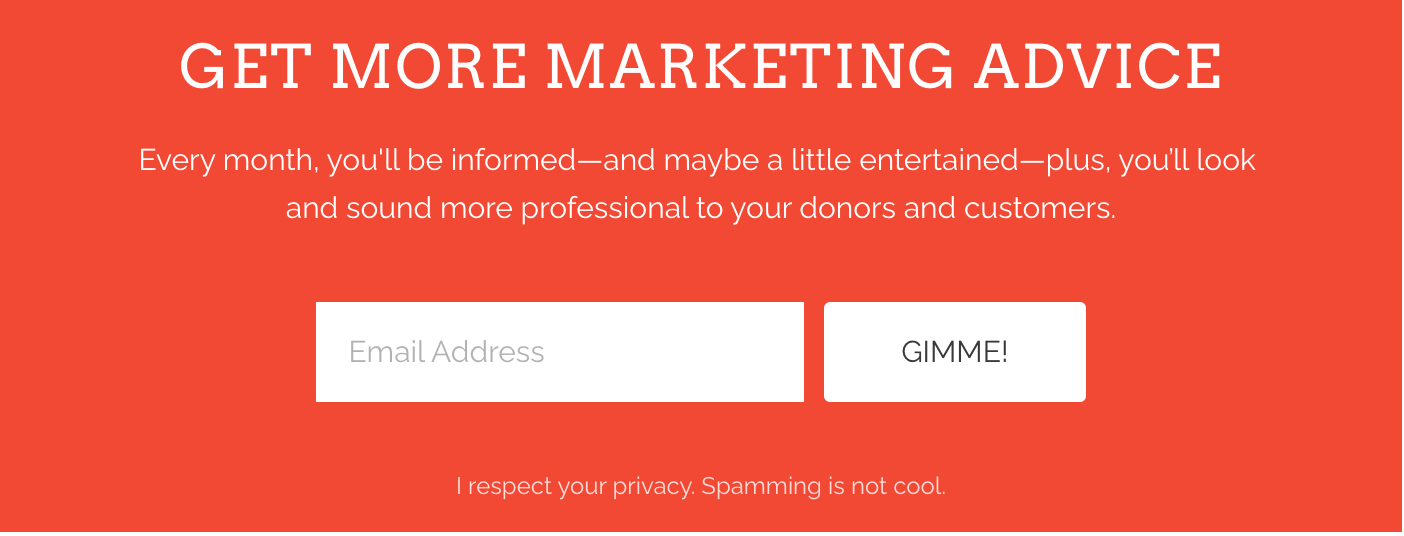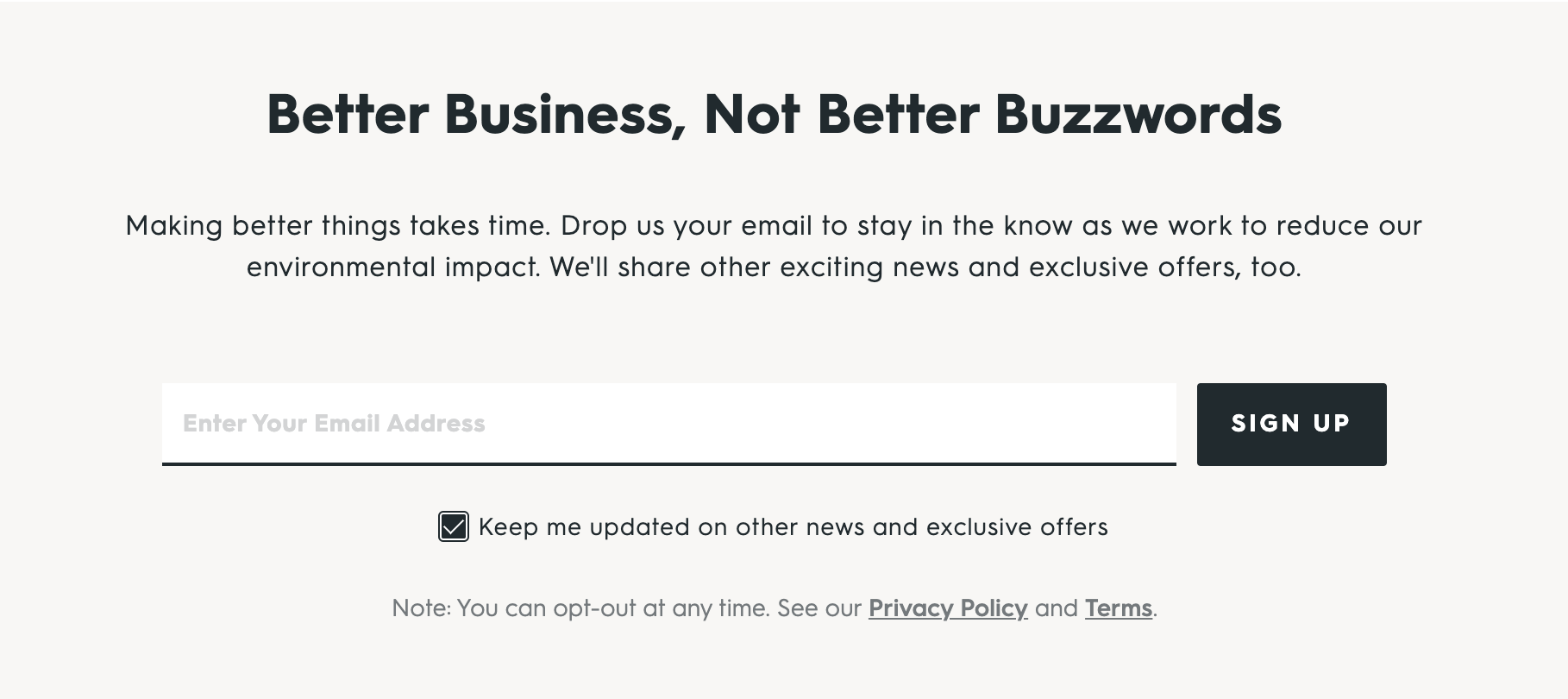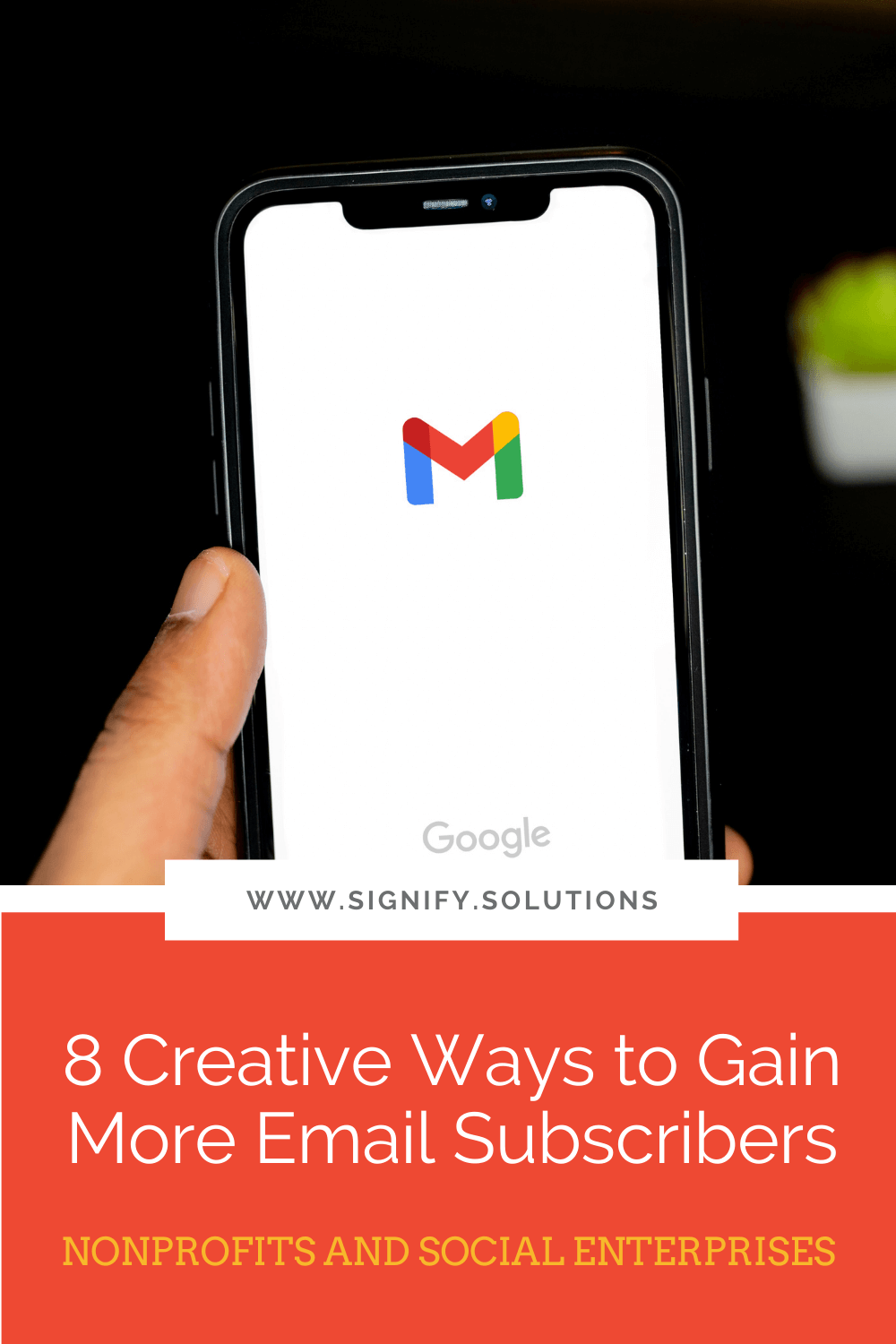GIVE YOURSELF THE GIFT OF BETTER MARKETING!
LET'S CELEBRATE THE HOLIDAYS WITH A BIG GIVEAWAY!
There are a lot of things that make the holidays the most wonderful time of the year—including presents!
Signify is marking the occasion by giving away a Marketing Audit and Strategy Session, valued at $1,000!
MARKETING AUDIT AND STRATEGY SESSION
LOOK GOOD FROM EVERY ANGLE
$1,000
Perhaps you have a marketing plan in place, but it needs some help. Or maybe you don't have a clue what you're supposed to be doing, but are eager to start.
Does your brand message stand out? Is your website working for you? What is your social media actually saying to your customers and donors?
I can help you answer these questions and more. This is an opportunity for you to get—or get back—on the right track. Once you put a strategy in place, you'll have a framework to filter all your business communications and marketing decisions.
Starts with a 60-minute introductory session. Then I'll take what we talked about and evaluate your current efforts (ex: website, social media, primary print/online assets), brainstorm new ideas, and give feedback on relevant systems. I'll also provide priority recommendations for moving forward. We'll finish with a final 60-minute session two weeks later to make sure you understand your new strategy.
STARBUCKS GIFT CARD
$10
A gift card just to say thanks. Consider it an extra "perk." ;)
You can even sip on your complimentary java while we chat about your communications plan.
Free + free = twice as nice!
To enter: You must completely fill out the easy-to-answer, one-page survey below. It should take you less than 10 minutes—especially because the first few questions are your name and email!
I'm doing my best to provide helpful, high-quality content on my newsletter, blog, and social media, but I need your help to make sure I'm still addressing what's most relevant to you. I want to help your nonprofit, social enterprise, or social impact company get noticed and grow through effective marketing and communications, and that means hearing directly from you! My one-on-one clients provide me with terrific feedback, but I'd love your input as well.
The fine-ish print: You must lead or work at a nonprofit or "do good" for-profit organization. Additionally, all questions on the survey must be completed for contest entry. You may take the survey anytime between December 1 and 31, 2022, at 11:59 p.m. ET. The winner will be randomly drawn and notified the first week of January. Marketing Audit and Strategy Session must be redeemed by March 31, 2023. By filling out the survey, you agree to receiving emails from Signify, but of course, you may unsubscribe anytime.
HAPPY HOLIDAYS!
HERE’S WHAT LAST YEAR’S WINNER HAD TO SAY:
I’m Kristi Porter, and I help cause-focused organizations understand and execute effective marketing campaigns so they can move from stressed to strategic. Your resources may be limited, but your potential isn’t. Whether you’re a nonprofit, social enterprise, or small business who wants to give back, I’ll show you how to have a bigger impact.
PIN THIS POST FOR LATER:


































































